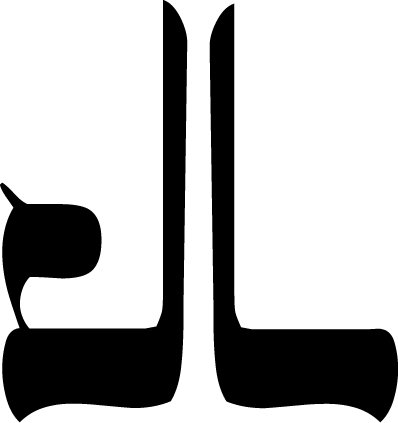dark bells
for solo viola, SATB chorus, and orchestra
Duration ca. 20' (2013)
2.2.2d1bcl.2.d1cbsn/4.3.2(+1b.tbn).0/timp.1perc/hp/str/SATB ch/solo vla
View Score
LISTEN
Commissioned by the Fort Wayne Philharmonic, Maryland State Arts Council, and Peter Minkler.
Premiered by the Fort Wayne Philharmonic conducted by Andrew Constantine, soloist Peter Minkler, May 10, 2014.
Other Performances: Reading Symphony Orchestra conducted by Andrew Constantine with Baltimore Choral Arts Society conducted by Tom Hall, Reading, PA October 29, 2016 & Towson, MD October 30, 2016.
Leshnoff’s orchestration and his choral writing are the best I’ve heard in a very long time from any contemporary composer. I fervently hope we are privileged to hear more of his work in the coming seasons.
—Susan L. Pena, Reading Eagle, October 2016
program note
The mysterious and macabre prose of Edgar Allen Poe seems a natural choice for it to be set to music. Knowing that the composer, the soloist and conductor all share principal residence with Poe (Baltimore), co-‐commissioner Peter Minkler eagerly proposed the poet’s work to Leshnoff as potential texts. Leshnoff chose Poe’s poems that spoke to him, but soon encountered a problem for anyone setting Poe’s words to music: how to bring in light and gentleness to such dark poetry.
Leshnoff’s response was this five-movement 20-‐minute work, based on three of Poe’s poems. The solo viola represents Poe’s soul: dark and brooding. The choir and orchestra, in contrast to the moody viola, reflect various moods of the poetry: excitement, hope and contemplation. Thus, between the alternation of viola and orchestra/choir, contrast was achieved.
The work opens with a short, but dark, exchange between solo viola and orchestra. Following this, the choir and orchestra reflect the merriness and cheer of the first stanza of Poe’s “Bells.” In this opening stanza, the choir sings merrily of the jingling bells of a winter scene. “Alone,” the third movement, uses all instrumental and vocal forces at hand. Starting with solo viola, it grows in character slowly adding the choir and orchestra. Its climax is with full orchestra and choir describing Poe’s chilling vision of a demon. The fourth movement is a continuation of “Bells” as initially introduced in the second movement; however, now, the bells that Poe describes are no longer the light-‐hearted bells of a happy winter scene; they are now the screeching, frightening bells of alarm. The viola and choir close the work with “El Dorado,” Poe’s contemplative metaphor of death.
